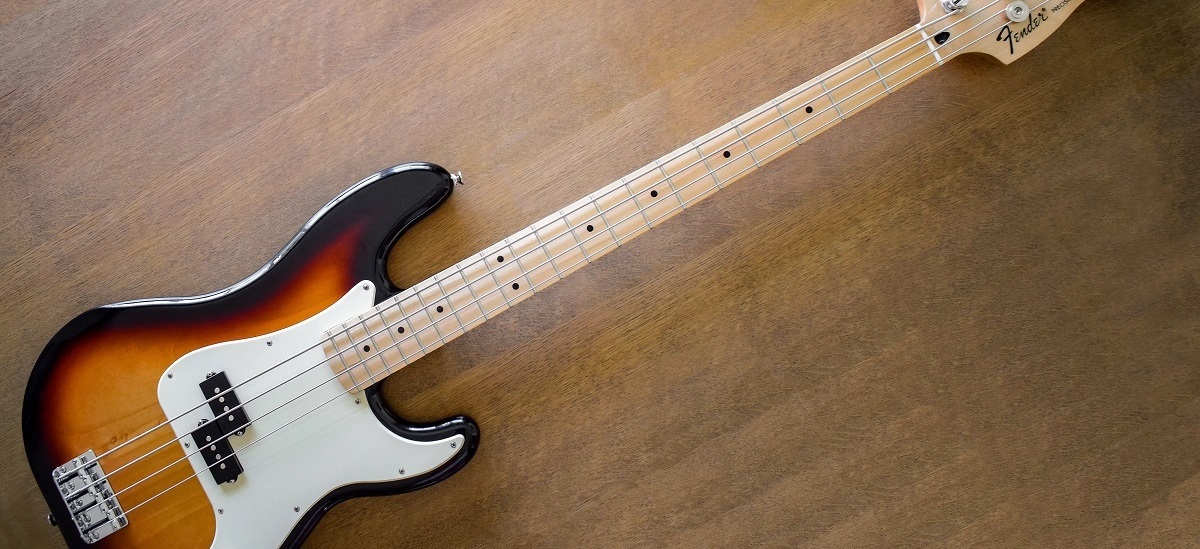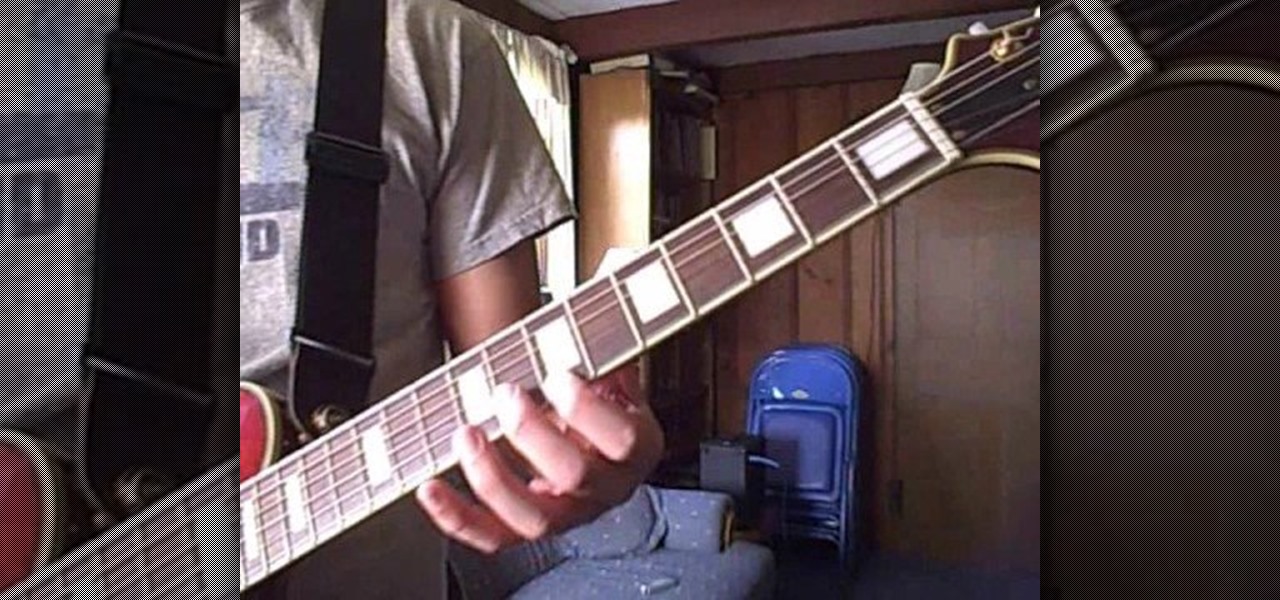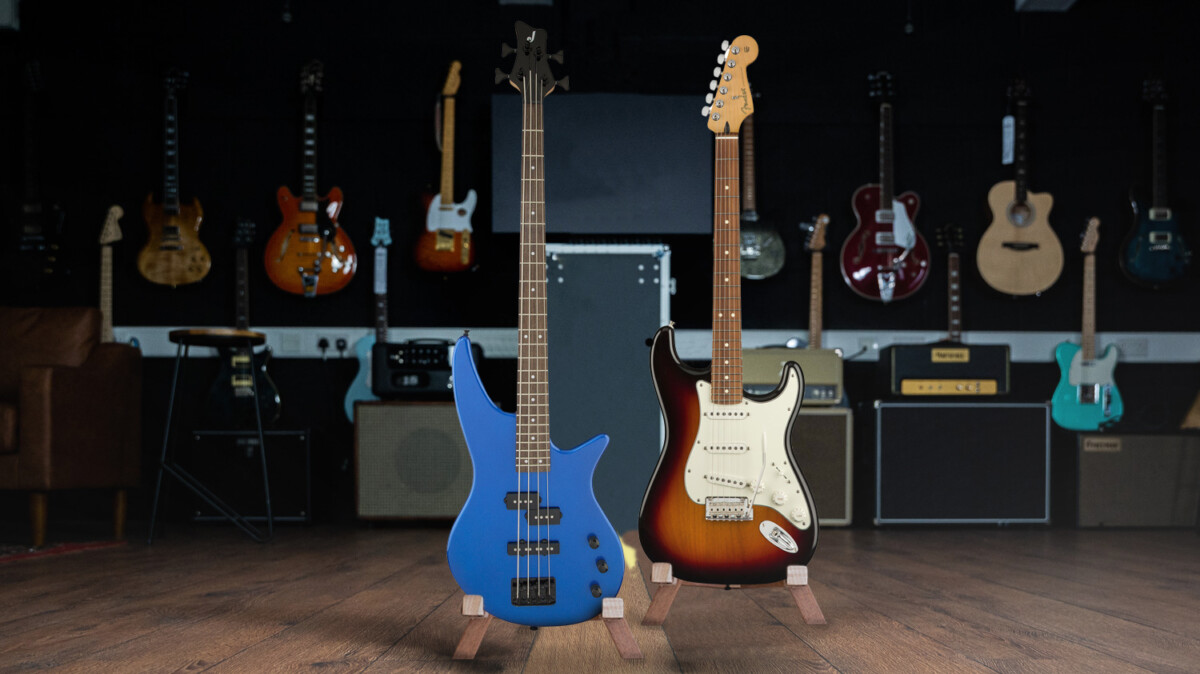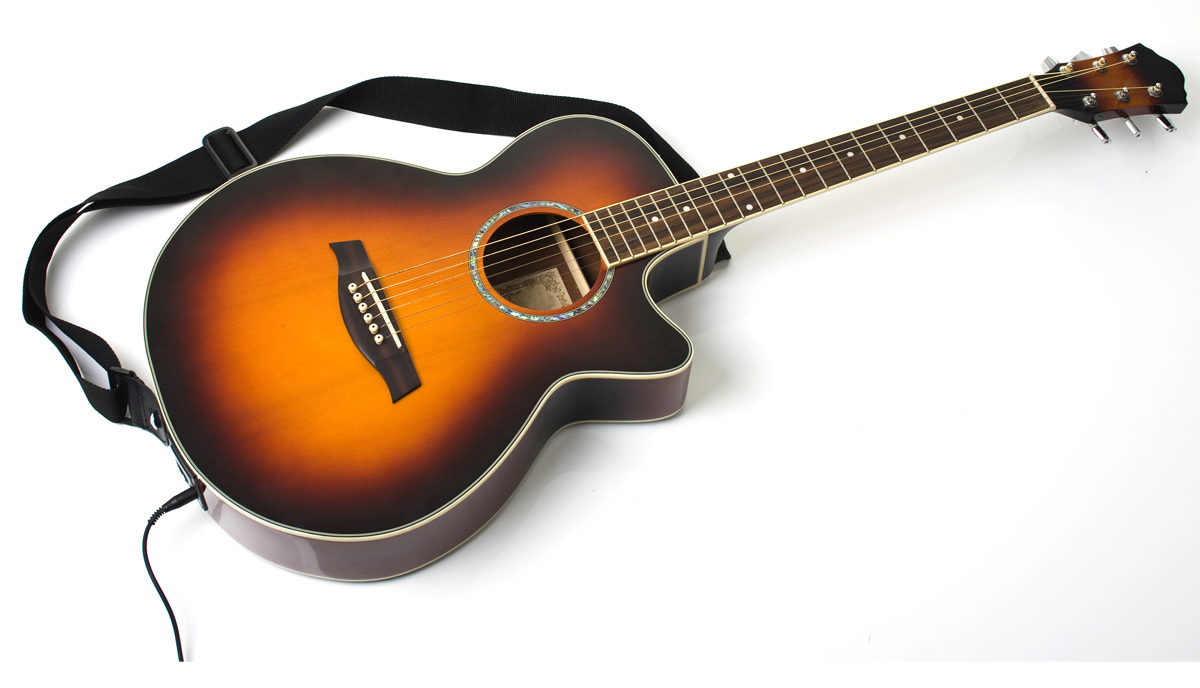Introduction
The electric guitar has long been regarded as a cornerstone of modern music, revolutionizing the sound and style of various genres. Its impact on rhythm and blues (R&B) music, in particular, has been profound, shaping the sonic landscape and influencing countless artists. To understand the pivotal role of the electric guitar in R&B, it is essential to delve into its origins, early influences, and the trailblazing musicians who propelled its integration into the genre.
The electrification of the guitar marked a transformative moment in music history, ushering in a new era of amplified sound and innovative musical expression. This evolution not only expanded the sonic possibilities of the instrument but also catalyzed the development of distinct musical styles, including rhythm and blues. As electrified guitars gained prominence, they became emblematic of the dynamic, soulful sound that defines R&B.
The fusion of electrified instrumentation and the emotive storytelling of R&B gave rise to a new musical language, one that resonated with audiences across diverse cultural landscapes. This intersection of technology and tradition laid the groundwork for a musical revolution, propelling R&B into the forefront of popular music and cementing the electric guitar as a defining element of the genre's identity.
As we explore the journey of the electric guitar in R&B, we will uncover the pivotal moments, visionary artists, and sonic innovations that have shaped the genre's evolution. From the birth of the electric guitar to its profound impact on R&B music, this exploration will illuminate the transformative power of an instrument that continues to captivate and inspire audiences worldwide.
The Birth of the Electric Guitar
The inception of the electric guitar can be traced back to the early 20th century, a time of unparalleled innovation and experimentation in the realm of musical instruments. The desire to amplify the sound of the guitar and project it across larger venues fueled the quest for electrification, ultimately giving birth to the electric guitar.
One of the pioneering figures in this transformative journey was George Beauchamp, who, in collaboration with Adolph Rickenbacker, developed the “Frying Pan” lap steel guitar in the 1930s. This groundbreaking instrument, featuring a magnetic pickup that converted string vibrations into electrical signals, laid the foundation for the modern electric guitar. Its innovative design and amplified sound marked a paradigm shift in the way musicians approached performance and recording, setting the stage for the electric guitar’s integration into diverse musical genres, including rhythm and blues.
The electrification of the guitar not only enhanced its volume and projection but also unleashed a new realm of tonal possibilities, captivating musicians and audiences alike. As the technology continued to evolve, luthiers and electronics innovators refined the design and functionality of electric guitars, paving the way for iconic models that would become synonymous with the sound of R&B.
From the resonant twang of the Fender Telecaster to the searing sustain of the Gibson Les Paul, the electric guitar’s sonic palette expanded, offering musicians a rich tapestry of tones to explore and harness in their creative endeavors. This sonic versatility became instrumental in shaping the expressive and emotive qualities that define the soulful sound of rhythm and blues.
With the birth of the electric guitar, a new chapter in musical history unfolded, forever altering the sonic landscape and catalyzing the evolution of rhythm and blues. The electrified resonance of the guitar would soon intertwine with the soulful melodies and impassioned vocals of R&B, forging an enduring musical partnership that continues to captivate audiences to this day.
Early Influences on Rhythm and Blues
The emergence of rhythm and blues (R&B) was profoundly influenced by a confluence of musical traditions, cultural movements, and societal shifts. Rooted in the rich tapestry of African American musical heritage, R&B drew inspiration from a diverse array of genres, including gospel, jazz, and blues. These formative influences coalesced to shape the sonic identity of R&B, laying the groundwork for the genre’s dynamic evolution.
From the jubilant rhythms of gospel music to the soul-stirring cadences of the blues, early R&B was imbued with the emotive fervor and rhythmic vitality that characterized these foundational genres. The expressive vocal stylings and impassioned lyricism of gospel music, in particular, left an indelible imprint on R&B, infusing it with a spiritual and emotive depth that resonated with audiences on a profound level.
Simultaneously, the blues, with its raw, introspective narratives and evocative musical motifs, provided a fertile breeding ground for the evolution of R&B. The expressive possibilities inherent in the blues, coupled with its deep-rooted connection to the African American experience, served as a wellspring of inspiration for R&B artists, informing the genre’s lyrical themes and musical sensibilities.
Furthermore, the infectious energy and improvisational spirit of jazz exerted a significant influence on the rhythmic dynamism and instrumental prowess evident in early R&B. The syncopated grooves and spirited improvisation synonymous with jazz found resonance in the evolving sound of R&B, contributing to its vibrant, dance-inducing rhythms and instrumental dexterity.
As R&B continued to evolve, these early influences converged with the electrifying impact of the electric guitar, propelling the genre into uncharted sonic territory. The marriage of electrified instrumentation with the emotive storytelling of R&B heralded a new era of musical innovation, solidifying the genre’s position as a cultural force to be reckoned with.
By delving into the multifaceted influences that shaped the early landscape of R&B, we gain a deeper appreciation for the genre’s rich tapestry of sounds and themes, rooted in the collective experiences and musical legacies of generations past.
T-Bone Walker and the Electric Guitar
Central to the integration of the electric guitar into rhythm and blues (R&B) was the pioneering artistry of T-Bone Walker, whose innovative approach and virtuosic command of the instrument forever altered the musical landscape. Walker’s groundbreaking contributions not only elevated the role of the electric guitar in R&B but also influenced generations of musicians, leaving an indelible mark on the genre’s sonic identity.
Renowned for his dynamic stage presence and distinctive guitar prowess, T-Bone Walker’s impact on R&B was profound. His use of the electric guitar as a lead instrument, characterized by searing solos and expressive phrasing, redefined the possibilities of the instrument within the genre. Walker’s influential recordings, such as “Call It Stormy Monday,” showcased the emotive power and melodic inventiveness of the electric guitar, captivating audiences and fellow musicians alike.
Walker’s innovative techniques, including the use of amplified distortion and expressive bends, expanded the sonic vocabulary of the electric guitar, imbuing R&B with a newfound depth and intensity. His dynamic playing style, marked by a fusion of jazz-inspired improvisation and blues-infused soulfulness, set a benchmark for future guitarists and became emblematic of the genre’s evolving sound.
Moreover, T-Bone Walker’s stage theatrics and showmanship, including his trademarked guitar acrobatics and behind-the-head playing, added a visual dimension to his performances, captivating audiences and solidifying the electric guitar as a focal point of R&B stagecraft. His influence extended beyond his musical prowess, as he became a symbol of innovation and instrumental virtuosity, inspiring countless artists to push the boundaries of their craft.
Walker’s indelible legacy as a trailblazer in R&B and a master of the electric guitar continues to reverberate through the annals of music history, underscoring the transformative impact of his contributions. His innovative spirit and unparalleled artistry not only elevated the status of the electric guitar within R&B but also laid the groundwork for future generations of musicians to explore the instrument’s expressive potential in new and groundbreaking ways.
The Impact on Rhythm and Blues Music
The integration of the electric guitar into rhythm and blues (R&B) music heralded a seismic shift in the genre’s sonic landscape, catalyzing a wave of innovation and creativity that reverberated across the musical spectrum. As the electrified resonance of the guitar intertwined with the emotive storytelling of R&B, a transformative synergy emerged, shaping the genre’s evolution and leaving an indelible mark on popular music.
At the heart of this transformative impact was the dynamic fusion of electrified instrumentation and soulful vocals, creating a powerful synergy that resonated with audiences on a visceral level. The electric guitar’s amplified presence and tonal versatility afforded R&B artists a newfound expressive canvas, enabling them to infuse their performances with emotive melodies, searing solos, and captivating rhythms.
Furthermore, the electrified sound of the guitar imbued R&B with a heightened sense of energy and urgency, propelling the genre’s rhythmic cadences and melodic phrasings to new heights. The instrument’s ability to convey raw emotion and sonic dynamism became a hallmark of R&B, shaping the genre’s sonic identity and captivating listeners with its evocative power.
Moreover, the electric guitar served as a catalyst for musical innovation within R&B, inspiring artists to push the boundaries of sonic experimentation and instrumental virtuosity. From the infectious grooves of rhythm guitar to the scintillating leads and soulful bends, the electric guitar became a defining element of R&B’s sonic palette, enriching the genre with its expressive range and dynamic textures.
As R&B continued to evolve, the electrified resonance of the guitar became synonymous with the genre’s emotive storytelling, serving as a conduit for conveying the joys, sorrows, and complexities of the human experience. The instrument’s ability to articulate the nuances of emotion and narrative through its rich timbres and expressive phrasings solidified its pivotal role in shaping the emotive core of R&B music.
Ultimately, the impact of the electric guitar on R&B music transcended mere sonic innovation, becoming a testament to the enduring power of musical collaboration and creative expression. Its electrifying resonance continues to serve as a cornerstone of R&B’s sonic identity, perpetuating a legacy of emotive storytelling and musical dynamism that resonates with audiences worldwide.
Conclusion
The journey of the electric guitar in rhythm and blues (R&B) has been a testament to the transformative power of musical innovation, cultural convergence, and artistic expression. From its nascent beginnings to its profound impact on the genre’s sonic identity, the electric guitar has left an indelible mark on the evolution of R&B music, shaping its emotive storytelling and dynamic soundscapes.
As the electrified resonance of the guitar intersected with the soulful cadences of R&B, a symbiotic relationship emerged, giving rise to a new musical language that resonated with audiences across diverse cultural landscapes. The expressive potential of the electric guitar, coupled with the genre’s emotive narratives, forged a dynamic partnership that continues to captivate and inspire listeners worldwide.
Through the visionary artistry of trailblazers like T-Bone Walker and the innovative spirit of countless musicians, the electric guitar became a defining element of R&B’s sonic palette, enriching the genre with its emotive melodies, searing solos, and captivating rhythms. The instrument’s ability to convey raw emotion and sonic dynamism became emblematic of R&B, shaping its sonic identity and captivating audiences with its evocative power.
Moreover, the integration of the electric guitar into R&B music catalyzed a wave of musical innovation, inspiring artists to push the boundaries of sonic experimentation and instrumental virtuosity. The instrument’s electrifying resonance became synonymous with the genre’s emotive storytelling, serving as a conduit for conveying the joys, sorrows, and complexities of the human experience.
As we reflect on the profound impact of the electric guitar on R&B, we recognize its enduring legacy as a cornerstone of the genre’s emotive storytelling and musical dynamism. Its electrifying resonance continues to perpetuate a legacy of creative expression, perpetuating a legacy that resonates with audiences worldwide, underscoring the enduring power of musical collaboration and sonic innovation.
In essence, the electric guitar’s journey in R&B is a testament to the transformative potential of musical instruments, the enduring legacy of visionary artists, and the timeless allure of emotive storytelling. As the instrument continues to shape the sonic landscapes of R&B and beyond, its legacy stands as a testament to the enduring power of musical innovation and creative expression.

























